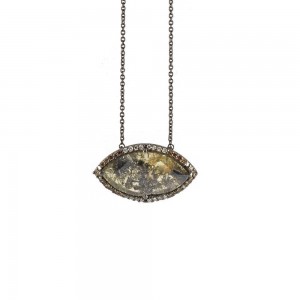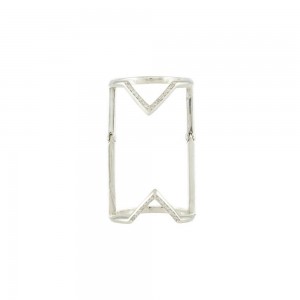Created deep in the earth under tremendous heat and pressure gemstones are a natural wonder serving as a reminder of natures beauty and power. They have always bee sought after and coveted by man kind all across the world for their beauty and rarity. But with today’s advances in technology and our understanding of chemistry allow man to do what took nature millions of years in just a tiny fraction of the time. There are several processes capable of creating precious gemstones that are chemically and optically identical to their natural counter parts. The Fusion or Verneuil process was the first to be developed.
The first viable process developed by Verneuil in 1902 is still the simplest and most cost effective process to date and is still widely in use. It requires 99.9995% pure powder of the stone you’re wishing to create as well as any additives required for the desired color or other desired characteristics. The powder is dropped slowly down a funnel where it falls through a flame that melts the powder as it falls through creating droplets of molten metal. The droplets fall on to a small rod below that is slowly lowered as the molten material builds up. This process is very similar to how icicles form, water running down and freezing as it reaches the tip slowly building up over time.
The resulting material is chemically identical to a natural ruby, sapphire or whichever stone you’re forming. The only way to differentiate a stone created in this process from a natural gemstone is the planes in the crystal formation. If the stone was formed in nature these planes would all run parallel to each other however a lab stone created in this fashion would have a slight curve to these planes most notably along the peripheries.
Lab created gemstones can be just a beautiful as their natural counter parts and are fraction of the cost to consumers. While the vast majority of them are used for industrial purposes they are becoming ever more present in the consumer jewelry market place. Strict regulations on the marketing and sale of manmade gemstones are in place to protect consumers from having these stones origins misrepresented. It may be considered a Faux Pas to use lab created gemstones but beauty is in the eye of the beholder and they are not going to know the difference anyway. Check out some of these images of the process below.






